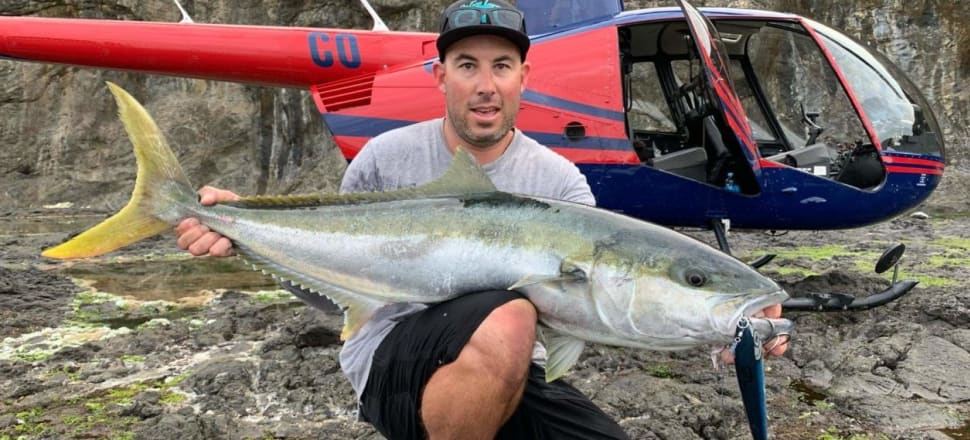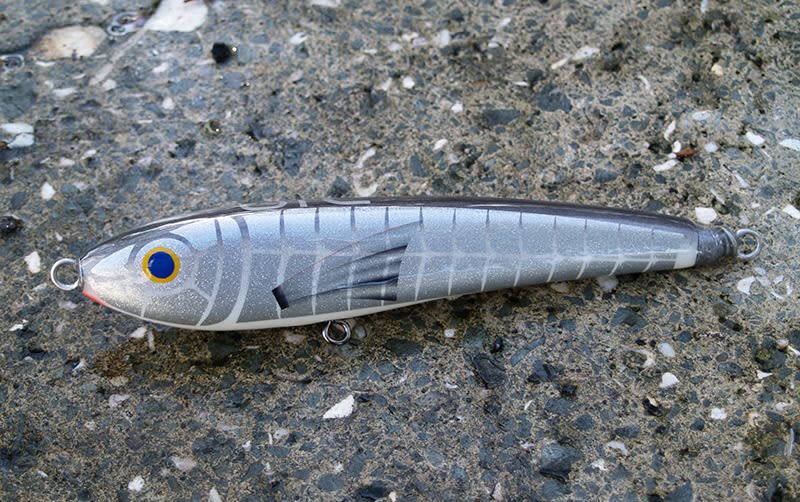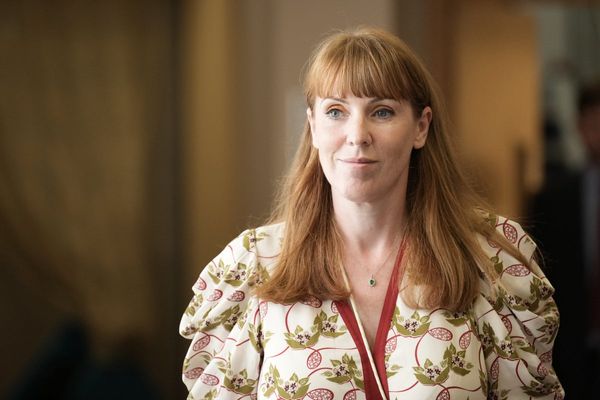
Northland-based On Top Lures is doing good business selling high-end fishing gear around the world
Most people would baulk at the idea of spending more than $100 on fishing gear, let alone a single lure that you could lose quickly if all doesn’t go to plan.
Rational hesitation aside, Waipu-based On Top Lures has grown from a side hustle to a family of four supporting business making top-of-the-line fishing gear used across the world.
A little under a decade ago Mike Knight was fishing with off-the-shelf cheap lures for Kingfish (one of the hardest fighting and most popular sports fish in New Zealand) when his friend showed up with two handmade Japanese lures that cost a combined $500.
“I just about fell over, like oh my God, I couldn't tie that on my rod and cast it in the water. I'd be too scared to lose it.”
Stickbaits are a hard-bodied lure that imitates the swimming action of a frightened, wounded or dying fish.
Knight eventually got his hands on one of his friend’s expensive Carpenter brand lures for a week, sparking his passion for the hand-crafted variety.
Being a builder with access to materials, tools and know-how, Knight began making his own stickbaits eventually leading him to start OTL.
“I started giving them to a few people because everyone was liking them and it just exploded from there.”

Knight quit building five years ago to focus on the business, eventually bringing his wife Rita on board, with the business providing for a family of four.
“It was a gradual thing,” Rita said, “Mike was building full-time and also making lures for quite a while, which was pretty intense.
“It got to the point where he needed to be in the workshop more and I was a full-time mum, not working. I went and picked up a couple of days' admin work with Northland Waste and he quit building.
“It just seemed to work.”
Unlike a lot of other brands, OTL lures come without packaging and are made out of recycled cedar, often delivered by Mike’s friends from his building days.
That same attitude flows through to an emphasis on measure and release fishing and other responsible practices, rather than just killing big breeding fish to fill the freezer.
Why so expensive?
The Knights aim to finish 35 lures a week and with labour, materials and some hefty research and development behind its models, OTL’s lures range from around $100 to up to $170 each.
The lures are ultimately pretty simple things, being shaped, wired and painted cedar, but Mike spent (and still spends) a lot of time getting them just right.
“Pretty much in my first two years of making lures, from 2013 to 2014, there would have literally been hundreds of lures that got chucked or thrown in the fire and burned because they weren't quite up to standard,” Mike said.

He spent hours and hours dialling in the designs, slightly adjusting the weights each time to get them to perfectly imitate a fleeing or stressed fish.
That research and development process hasn’t stopped either, with tweaks to the design and finish of the lures an ongoing process.
Blowing up
Fishing with stickbaits such as OTL makes is relatively new to New Zealand, and according to Mike has really taken off recently, “It's just going crazy at the moment, the last 12 months it just really started exploding with people getting into it”.
Like most small businesses in New Zealand, Rita said the company was preparing for a rough time through Covid just to find sales were booming.
“We were like oh my god, what’s going to happen, but we actually found that because people were locked up in their houses, a lot of them were only allowed to do things like fishing.
“We were a bit shocked. We expected the books to not fill up as much and orders to slow down but we were getting order after order which we were prepared for, but there were some materials we didn’t have. That was interesting.”
The Knight’s business has grown consistently since inception, but the handcrafted nature of the business and the driving ethos behind it have the couple wary of growth for growth’s sake.
The company already has stockists in New Zealand, Australia, Japan and Dubai, but Rita and Mike share a hesitance to expand the operation beyond the family.
“A lot of people say to us, why don't you get more people and a bigger manufacturing workshop or go and try and get people to make them for you in Japan or whatever, but we don't really want it to get to that point,” Rita said.
The small scale of the operation, rather than relying on computer-driven machinery, also means that no two lures are the same and all present slightly differently to fish, a major part of why people invest in handmade lures.







